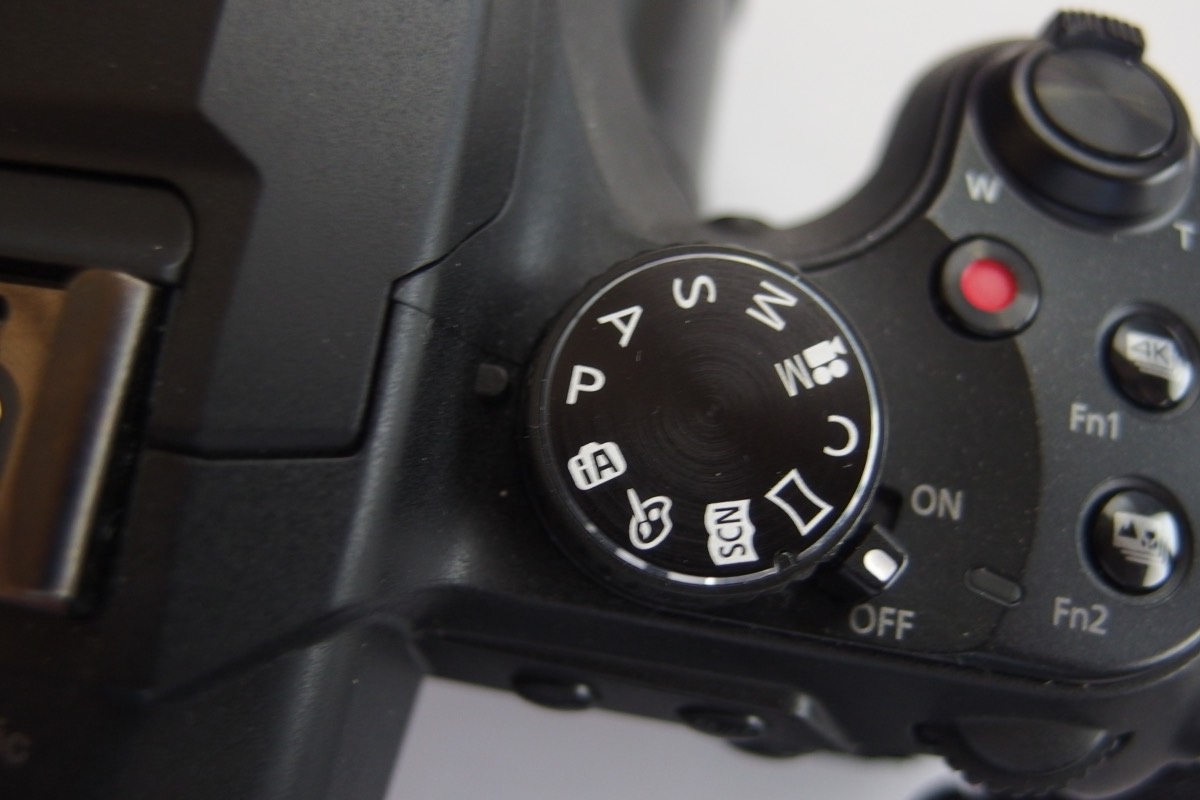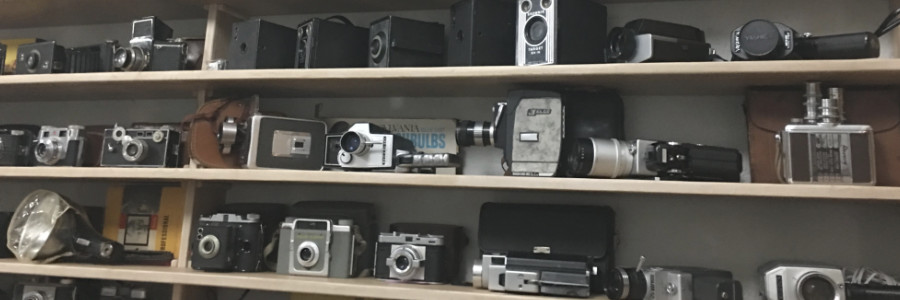Programmed Auto
Step Up Camera Mode from Auto
Most Cameras have four common-mode settings: Program Auto, Aperture Priority, Shutter Priority, Manual Exposure Modes. Otherwise known as PASM.
Over the next few weeks, we'll do a deep dive into each one of these modes. The goal is to better understand why someone would want to select that particular mode.
This week we look at the Program Auto mode, otherwise known as the P on the camera mode dial.

The "Point-and-Shoot" Program Auto Mode
In Program Auto mode, the Aperture](https://www.nikonusa.com/en/learn-and-explore/a/tips-and-techniques/understanding-maximum-aperture.html) and [shutter speed are adjusted for optimal results. Users can make the adjustment of the combination of aperture value and shutter speed while keeping the correct exposure.
Terminology Check:
- Nikon calls this Programmed Auto.
- Sony call it Program Auto
- Canon, Fujifilm calls it Program AE.
- Olympus calls it Program shooting.
Advantages of using the Program Auto Mode
The Program Mode is a great next step in-camera control from the Auto functionality. You would use the Program Auto Mode when you want a bit more control over adjusting the aperture and shutter speed but don't want to adjust them individually.
The Program Mode is useful when you want to add more depth of field, to a shot. Using the Auto mode, you may not have the flexibility.
This mode is perfect when you want to take a low-light photo without the camera forcing a flash. Using the Auto mode, the flash is an automatic action when it detects low light.
When to Use the Program Mode
Taking daytime pictures of snow - Sometimes the white is too bright. In Program mode, you can adjust the exposure, which you can't do in Auto mode.
Tweek Auto Mode - When you want to make a quick change to the auto mode. Start with the auto mode, then flip to "P" to make some minor adjustments.
Time Constraint - Best when you need adjustment but don't have much time to adjust all the settings.
